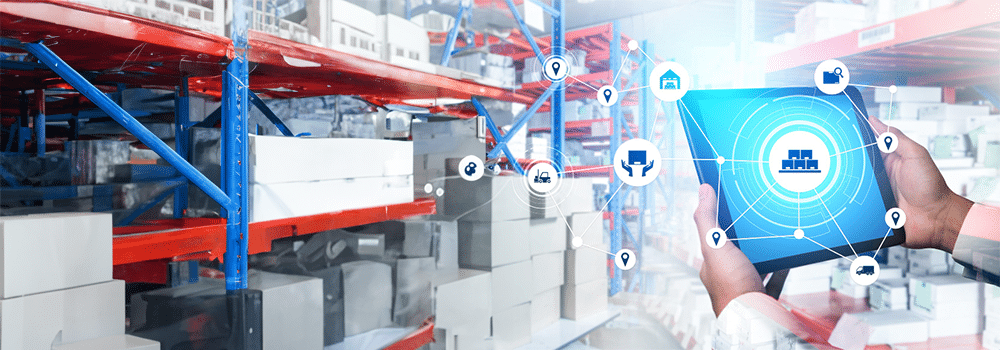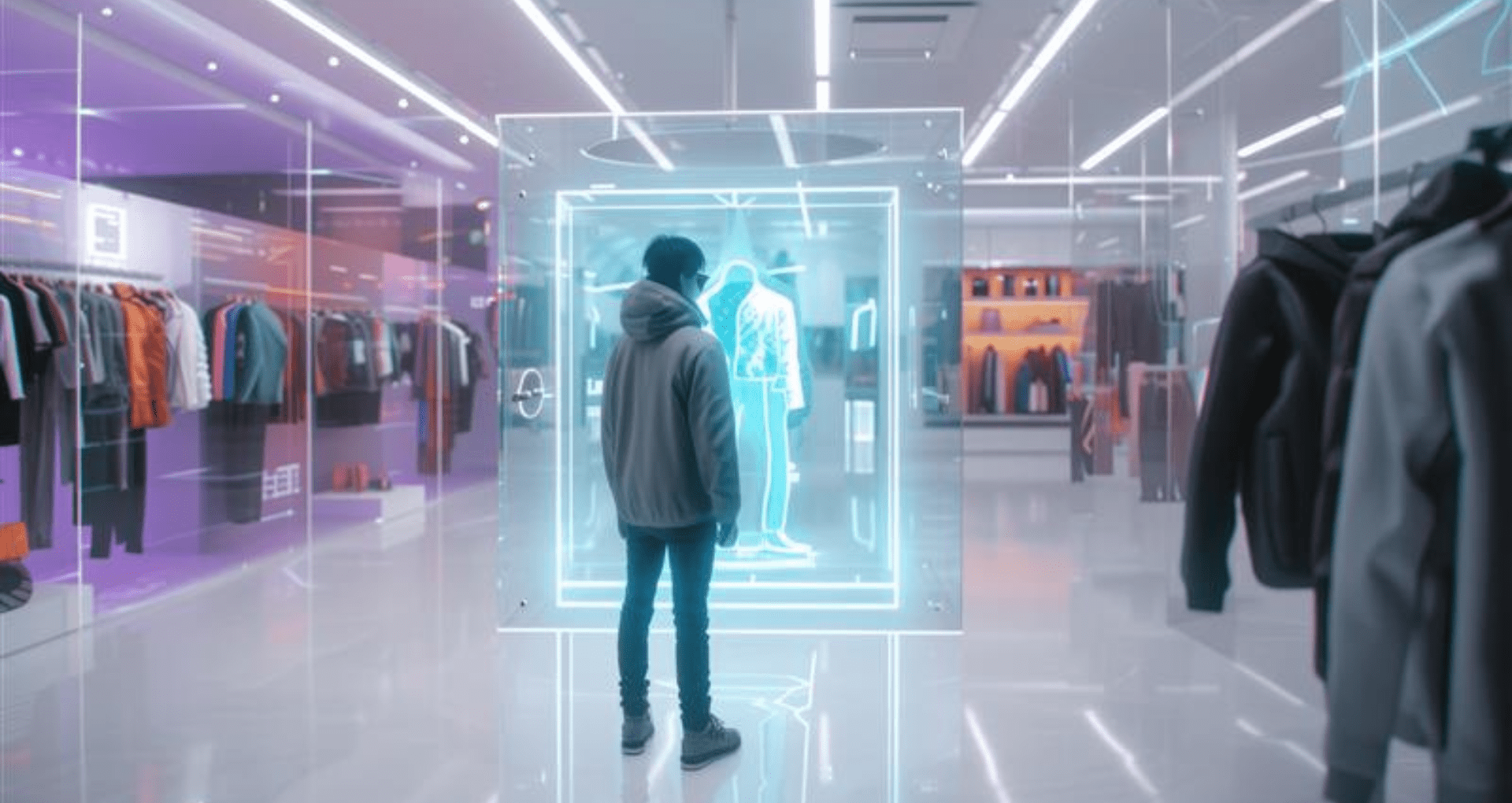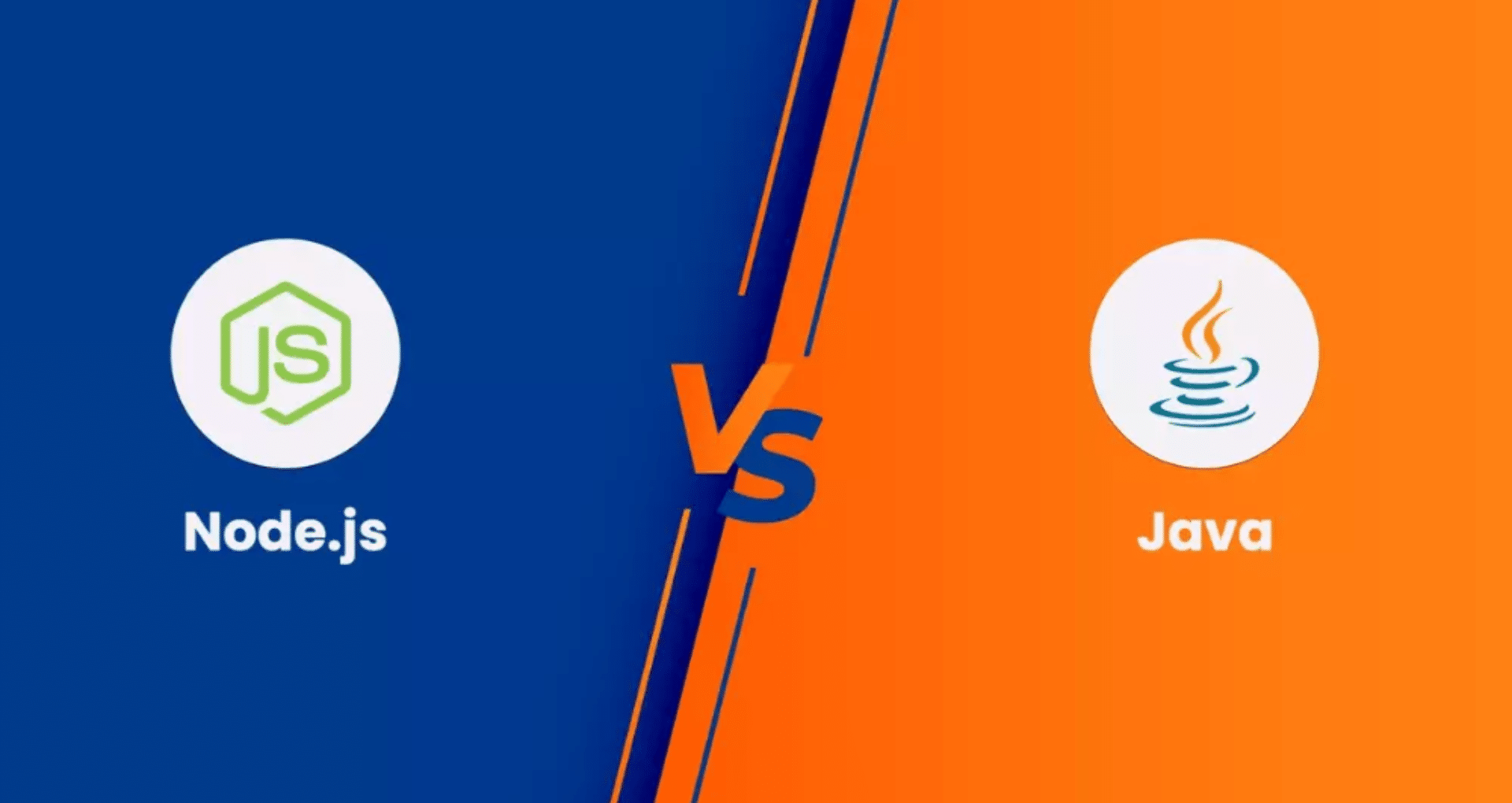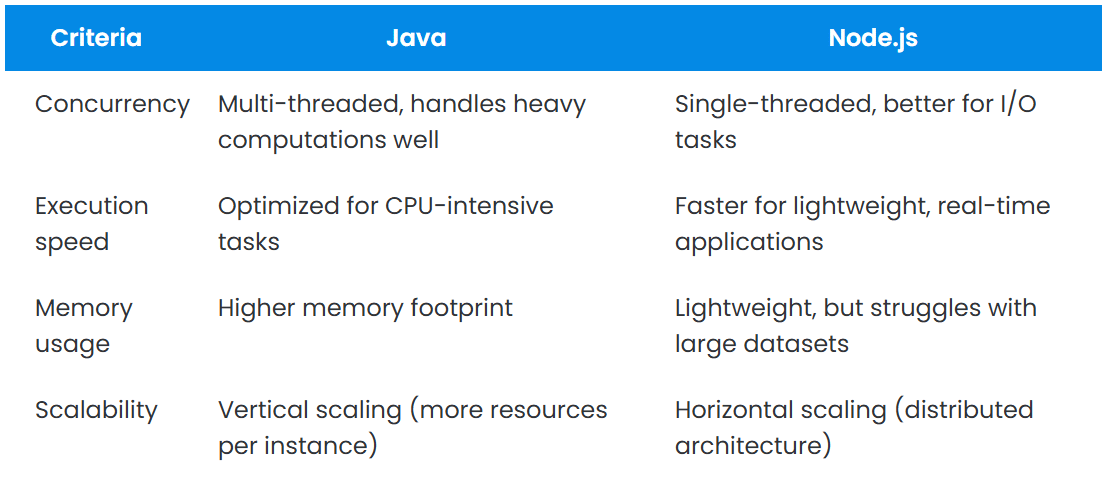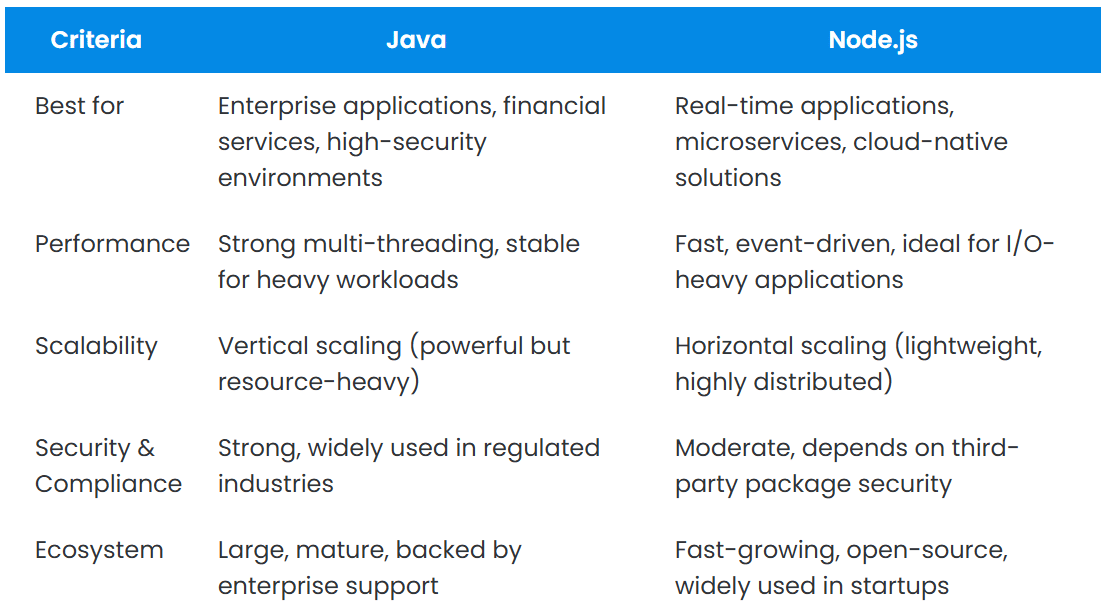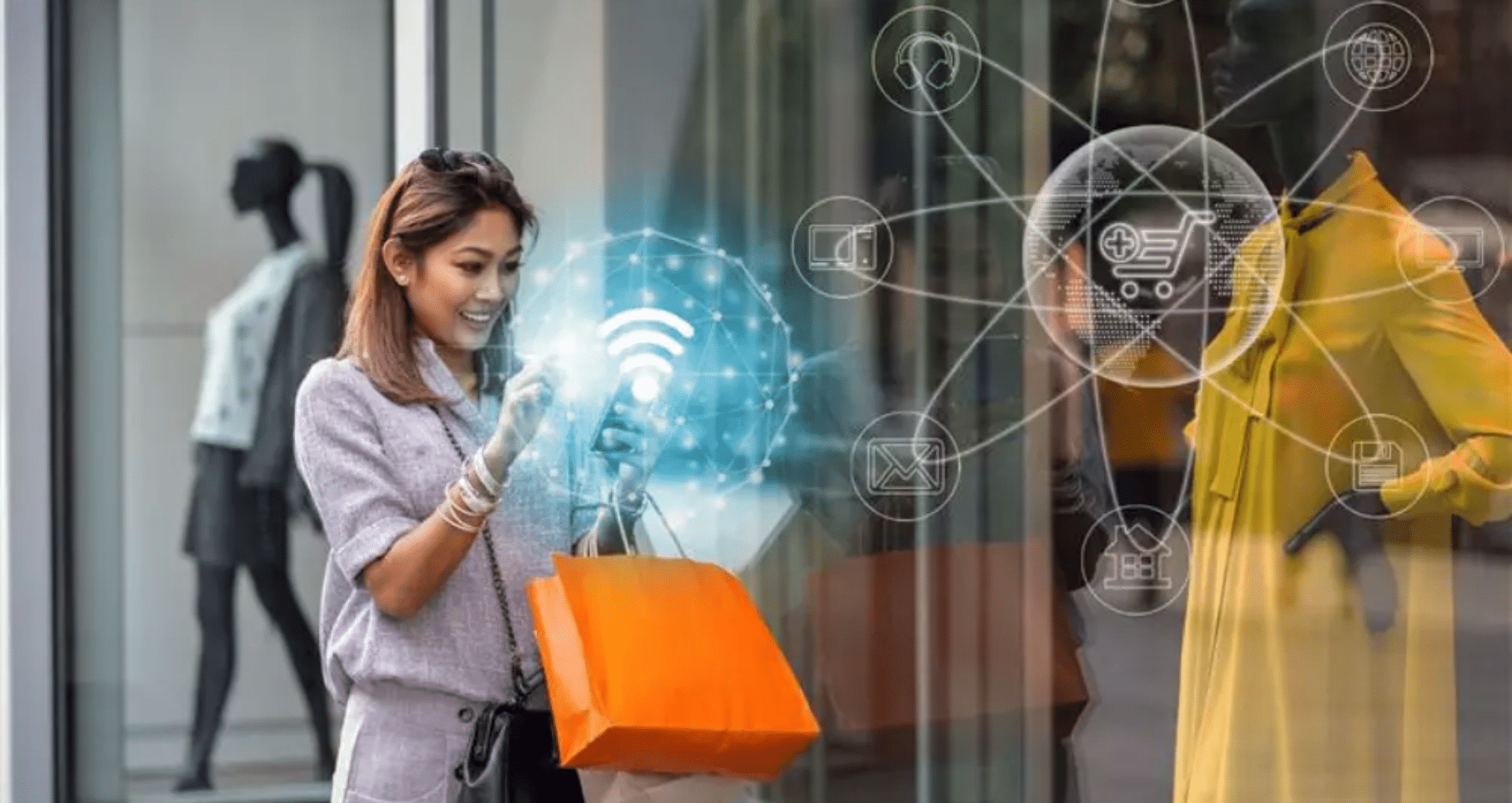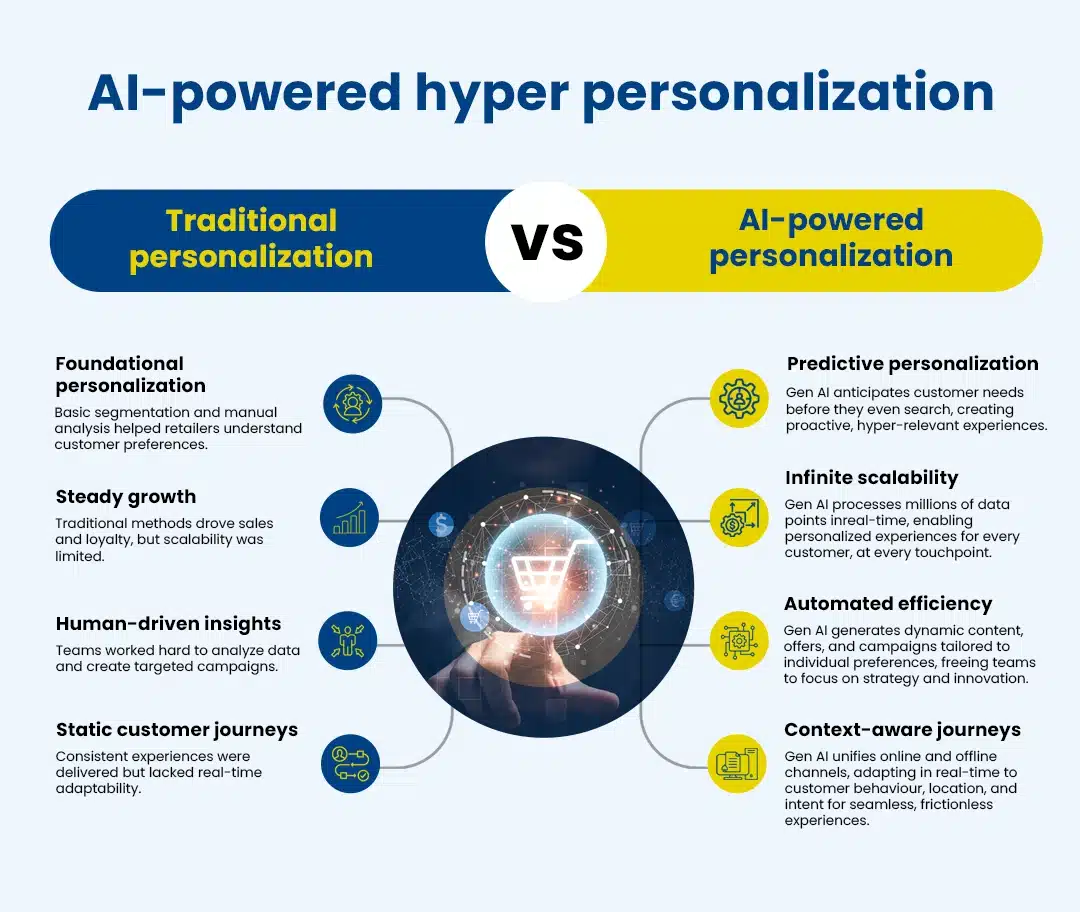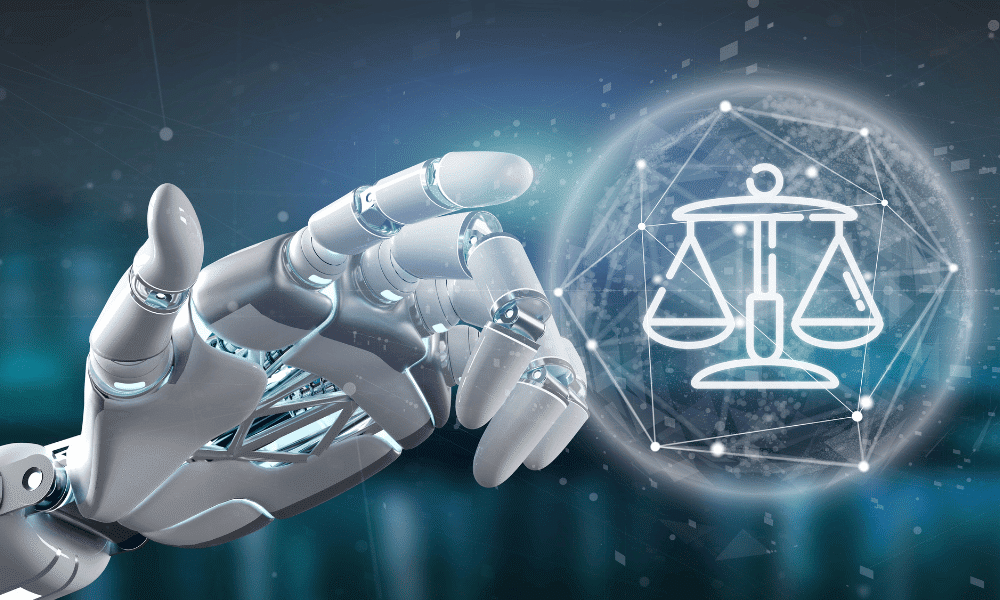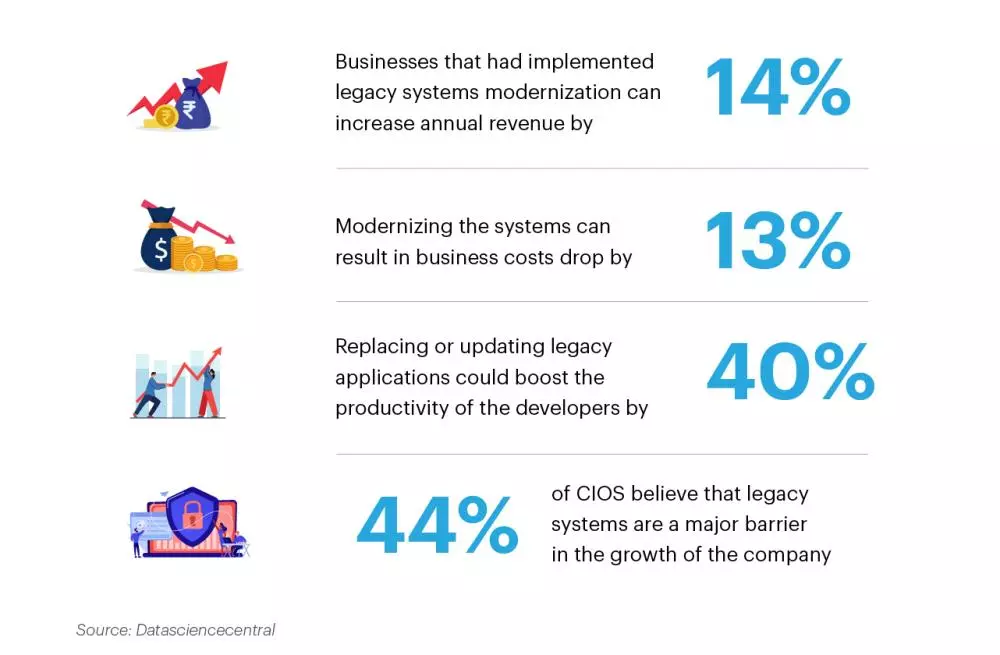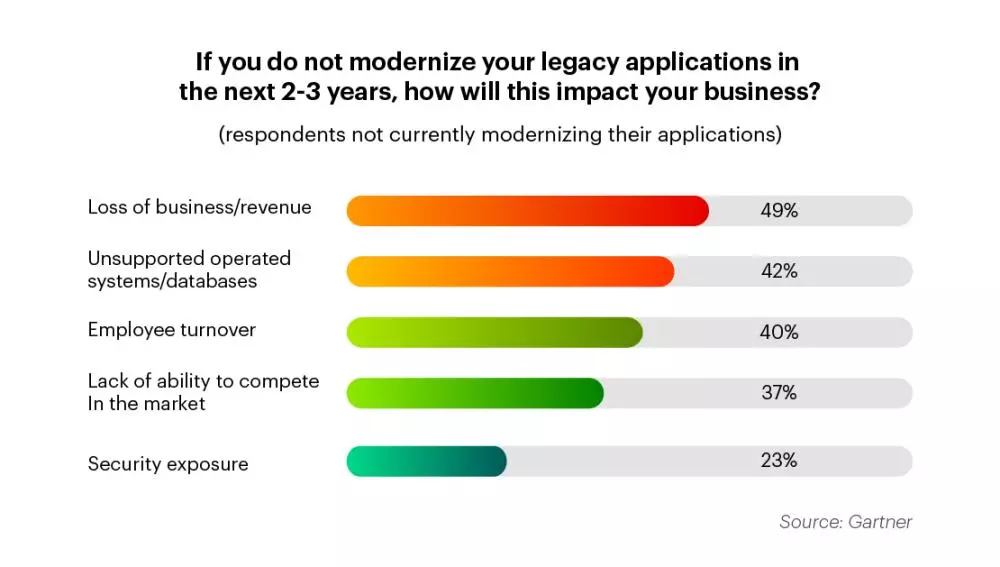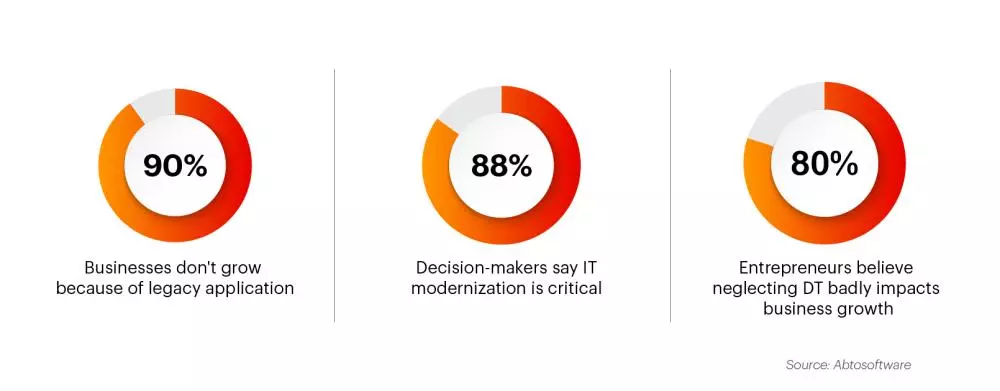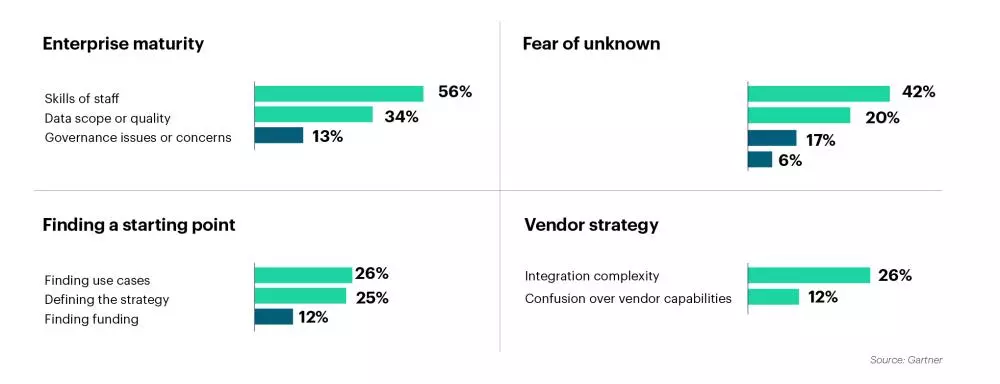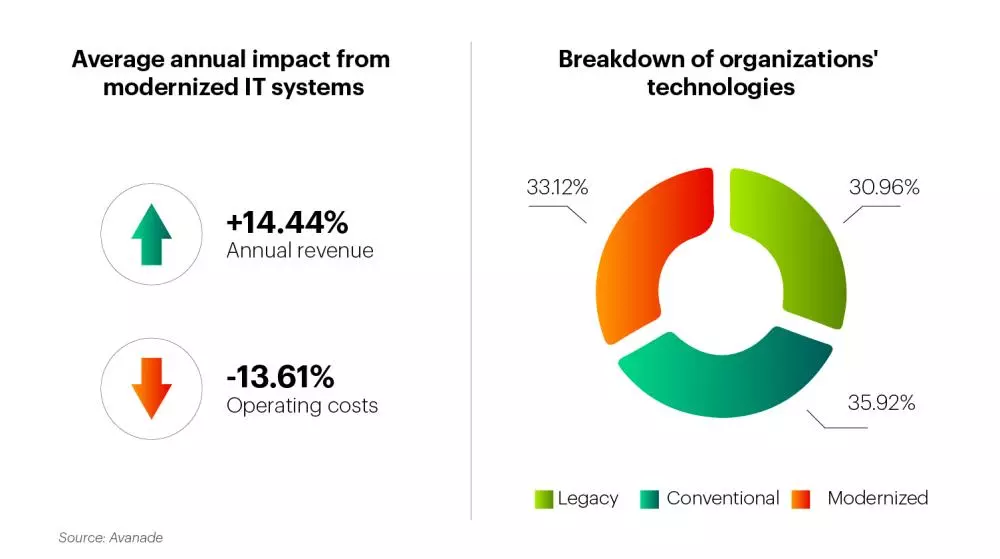A customer browses your online store late at night, checking out the maroon and dark green jacket, adding it to the cart but leaving without buying. By morning, your AI-powered system has analyzed their behavior, identified them as a high-intent shopper, and triggered a personalized offer the moment they step into your store. No manual intervention, no guesswork – just seamless AI-driven engagement that converts interest into sales.
This isn’t a futuristic fantasy. It’s happening right now as retailers embrace Generative AI (GenAI) to optimize every aspect of the shopping experience – from hyper-personalized marketing and dynamic pricing to automated supply chains and cashier-less stores.
In our recent webinar on How GenAI is transforming retail innovation, industry leaders explored how GenAI is already making waves in retail, the challenges of AI adoption, and where the future is headed. Hosted by Nitin Naveen (VP – Innovation Strategy, AICorespot) and moderated by Jaydev Doshi (Director, Retail, InfoVision), the webinar panel featured:
From C-suite perspectives on AI implementation to how retailers are using AI to reduce costs, increase sales, and improve customer retention, the discussion made one thing clear: AI isn’t coming. It’s already here.
Let’s break down what they had to say – without the technical jargon, but with genuine insights and some additional real-world examples to boost understanding.
Retail’s two big goals: Cut costs & boost sales
If there’s one thing that never changes in retail, it’s the relentless push to lower costs while driving more revenue.
Aravind Kashyap explained how retailers work with razor-thin margins. Anything that helps them reduce costs or increase sales is a game-changer.
Retailers are leveraging AI to optimize supply chains, reduce waste, and predict demand more accurately – helping them keep shelves stocked without overloading warehouses. AI is also helping them streamline operations, reduce IT overhead, and automate routine processes, which adds up to significant cost savings over time.
On the sales side, AI is making customer engagement more intelligent and efficient. AI-powered personalization ensures that customers receive precisely what they are looking for, without having to search endlessly.
A good example of this is Walmart’s use of AI-driven inventory forecasting. Walmart’s AI analyzes historical sales data, weather patterns, and regional trends to ensure that the right products are in stock at the right time. During peak shopping seasons, AI helps prevent stockouts and overstock issues, ensuring customers always find what they need while reducing operational waste.
AI is also transforming retail marketing. GenAI can now create highly targeted campaigns by analyzing past purchases, browsing behaviors, and even sentiment from social media interactions. Instead of blasting generic promotions, AI helps retailers send the right offer to the right customer, at the right time.
The shift from personalization to hyper-personalization
For years, retailers have worked on personalizing experiences – things like “People who bought this also bought…” or sending birthday offers. But GenAI is taking this further, creating experiences that feel uniquely crafted for each customer.
Take chatbots, for example. A few years ago, they were just task-oriented virtual assistants, handling basic queries like “What’s my order status?” or “Where’s the nearest store?” Now, they understand context, sentiment, and intent. Instead of offering 20 similar products, they interpret what the customer really wants and deliver the most relevant choice.
Retailers are also using AI to analyze customer sentiment and behavior in real time. If someone searches for a white shirt with a blue stripe, AI can recognize not just the color preference but the style, fit, and even brand tendencies. This level of precision makes shopping frictionless and more engaging.
Aravind spoke about Domino’s being a great example of this shift. They let customers order pizza using just an emoji, because their AI already knows their usual order. No need for extra steps or manual selections. That’s hyper-personalization in action.
The beauty retailer, Sephora, utilizes AI-powered chatbots to deliver personalized product recommendations and makeup tips. By analyzing customer preferences, past purchases, and even skin tone data from Sephora’s Color IQ technology, these chatbots offer tailored advice that mimics the expertise of in-store beauty consultants. This level of hyper-personalization can help increase customer engagement and boost conversion rates.
Hyper-personalization also helps solve a critical challenge in retail – customer churn. As Hemanth Kumar pointed out, AI is now being used to predict when a customer is about to leave and take proactive steps to retain them. AI-powered churn prediction models analyze browsing habits, purchase frequency, and engagement levels to flag at-risk customers. Retailers can then offer personalized offers, exclusive early access, or targeted re-engagement campaigns before customers abandon the brand.
AI’s growing role in reducing product returns
Returns are one of the biggest cost drivers in retail, and AI is now tackling this issue from both proactive and reactive angles.
On the proactive side, AI is improving product recommendations and sizing tools, reducing the chances of a customer buying the wrong item in the first place. Virtual try-ons and AI-generated fit assistants help customers make more informed choices, leading to fewer returns.
On the reactive side, AI is analyzing return patterns to identify which products are frequently sent back and why. Retailers can then decide whether to improve product descriptions, fix manufacturing defects, or even discontinue problematic items altogether.
Zalando, a European online fashion retailer, implemented an AI-powered size advice feature that combines machine learning and computer vision technologies. This system analyzes various data sets, including brand-provided item information, to inform customers if an item runs small or large, recommending size adjustments accordingly. As a result, Zalando has achieved a 10% reduction in size-related returns compared to items without size advice.
Another case in point is Amazon using AI to identify damaged items before they are shipped to customers, to reduce inevitable returns down the line.
Bridging the online-offline gap
One of retail’s big pain points has been the disconnect between online and in-store experiences. Customers want a seamless transition between both, retailers struggle to make that happen. AI is starting to bridge that gap.
Imagine browsing for shoes on a retailer’s website in the morning, then walking into the store in the afternoon. AI can recognize your online activity and offer personalized recommendations based on what you already viewed.
Some retailers are even using AI-powered cart handovers, where your mobile shopping cart syncs with in-store inventory in real time. If a product is unavailable in-store, AI can instantly suggest an alternative or offer a home delivery option, without any extra steps.
Luxury brand Burberry’s phygital store experiences through smart mirrors and digital screens allow seamless online-to-offline integration.
This kind of AI-driven unified commerce is quickly becoming the new standard.
Retailers are now embracing Agentic AI, which moves beyond just assisting with recommendations or transactions. AI is now taking action.
For example, many companies have already deployed AI-powered dynamic pricing models that adjust product prices in real-time based on demand, competitor pricing, and customer behavior. Instead of waiting for a team to manually review pricing trends, AI makes those decisions instantly.
Retailers are also using AI to automate back-end operations, such as supply chain management. AI is now predicting which products will run out of stock before it happens, rerouting shipments in real time, and ensuring inventory levels are optimized, without human intervention.
Ocado, a UK-based online grocery retailer, operates AI-powered fulfillment centers where intelligent robots autonomously manage inventory, retrieve products, and pack orders.
Cashier-less checkouts, another AI-driven innovation, have started appearing in major retail stores. AI doesn’t just scan products; it also monitors shopping behavior, detects fraud, and personalizes offers in real time.
Even finance departments are feeling AI’s impact. Companies are now deploying AI-driven credit collection agents, which manage invoices, payment reminders, and credit limits without human involvement.
As Aravind noted, AI is not just a tool, it’s a teammate making decisions alongside you.
Challenges and considerations
While the promise of generative AI is immense, the journey isn’t without its obstacles.
Cutting through the AI hype
Every executive today is under pressure to jump into AI.
Sruti Patnaik shared a common dilemma: many retailers want to launch AI projects simply because everyone else is doing it. But not every problem requires GenAI.
Before investing in AI, retailers need to ask:
- Is our data clean, organized, and structured – Is it ready to use?
AI is only as good as the data it’s trained on. Messy data leads to unreliable results.
- Is this solving a real business challenge?
Just because AI can do something doesn’t mean it should.
- What’s the actual ROI?
AI projects can be expensive, and not all of them deliver the expected results.
The key takeaway? AI isn’t a magic fix for every problem. It’s a powerful tool, but only when used thoughtfully, and with the right data. Retailers that clean up, centralize, and structure their data will have a huge competitive advantage as AI continues to evolve.
Amazon has mastered this by using AI to clean and structure vast amounts of customer data. Its recommendation engine is powered by AI models that continuously refine product suggestions based on real-time shopping behavior.
Security & ethical concerns – The elephant in the room
Many companies, including big retailers like Target, have implemented AI-driven fraud detection systems that analyze real-time transaction data to identify unusual patterns. The AI models are trained to recognize potential fraud based on behavior anomalies, such as sudden large purchases or frequent returns.
However, as AI becomes more powerful, security risks grow even bigger. It’s a double-edged sword. Deepfake scams, misinformation, and data privacy concerns are already raising red flags across industries. AI-powered systems need vast amounts of customer data, and that opens up serious questions about how much data is too much.
Sruti emphasized that businesses are not spending enough time thinking about security. While companies rush to adopt AI, cybersecurity risks are often treated as an afterthought. And that’s a problem.
The speed at which AI is evolving means that ethical and security discussions need to catch up – very fast. Addressing this challenge necessitates continuous vigilance, innovative strategies, and a commitment to cybersecurity excellence.
What’s next for AI in retail?
The future of AI in retail isn’t about whether companies will adopt AI, it’s about how they choose to use it.
Aravind believes that AI will soon be embedded into every business function, from HR and supply chain to marketing and finance. The challenge won’t be finding AI solutions, it will be figuring out how to use them effectively.
Sruti advised that businesses start small, focus on internal use cases first, and prioritize ROI.
Hemanth echoed this sentiment, emphasizing that the next three months matter more than the next three years. AI is evolving so rapidly that businesses must remain adaptable.
The AI revolution is here. Are you ready?
Retail is at an inflection point. The brands that succeed will be the ones that think strategically about AI, rather than just jumping on the bandwagon.
- Hyper-personalization is no longer optional, it’s expected.
- Agentic AI is turning AI from a passive tool into an active business partner.
- Security and ethical concerns need to be tackled head-on.
The question isn’t whether AI will transform retail, it’s how well businesses can leverage it to their advantage. Because AI isn’t coming! It’s already here.
For more insights on the future of in-store shopping in the GenAI era, download our whitepaper.
Want to build your AI strategy for retail? Let’s talk. Connect with our experts at digital@infovision.com.




